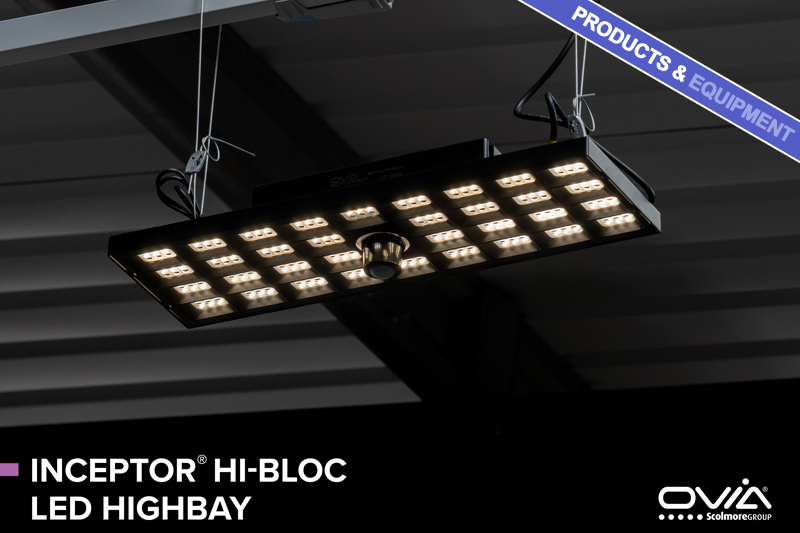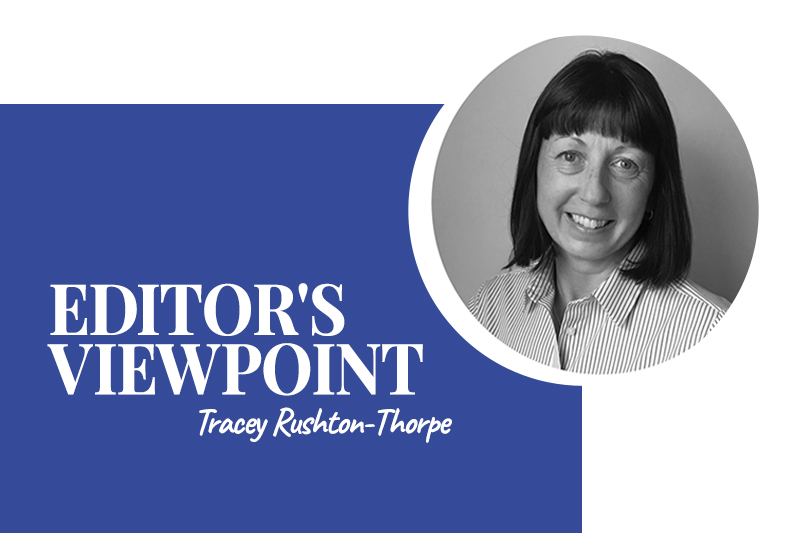This month we quizzed Signify’s new CEO for UK&I, Nico van der Merwe, on changes and trends in the lighting sector
1. How did you get involved in the industry?
Firstly, looking into my experiences and the skills that I have developed over the years, I have held roles in technical channel development and marketing so my move to the electrical/ lighting industry has been a natural progression. The industry offers similar technologies, go-to-market strategies, and customers, so it feels like I can make a positive impact.
When I joined my previous firm, I realised that the electrical industry has so much to offer given the work we do around connected solutions and automations as at the core of it lies the use of energy. This was new to me, intrigued me, has shaped my career for the past almost 15 years.
Also, I bring a variety of global experience to this role at Signify. I have had the fortune of working in the finance industry, in the auto industry and in the mining and construction industry.
My experience of working in these industries has been in both developed and developing economies. I feel all this varied experience of over two decades has helped me round my thinking about the industry, the priorities and have an outlook of what the future holds.
2. What do you think about the upcoming changes to the RoHS Directive and how could it impact the lighting sector?
The Restriction of hazardous substances (RoHS) in Electrical and Electronic Equipment Regulations affect businesses that are involved with electrical and electronic equipment.
This includes manufacturers, importers, exporters, businesses that re-brand goods, and of course distributors. The regulations limit the use of hazardous substances such as mercury, lead and cadmium in the manufacture of new electrical and electronic equipment placed on the market in the UK.
For the lighting sector in particular, the legislation regulates the use of mercury in lighting products, impacting what products are permitted on the market for installation.
For general lighting purposes, a ban on Compact Fluorescent Lamps (CFLni lamps) and on T5 and T8 fluorescent Tubes comes into play from February 2024.
One of the most important changes introduced by RoHS2 is that it has become a CE Marking Directive, enforced under the EU’s New Legislative Framework (NLF)/ the UKCA mark in the UK.
This means that in order to affix the CE Marking on the EEE, the manufacturer must meet the requirements of the RoHS Directive in addition to the requirements of other applicable CE Marking Directives (e.g. EMC or the Low Voltage Directive).
As a major environmental regulation of electronics, RoHS is step in the right direction to ensure lighting products like fluorescent lamps that are hazardous to humankind and our environment are banned.
The question on the sales of fluorescent lighting was never previously under the spotlight due to the lack of the right replacement or alternative.
However, over the years, LED lighting has emerged, with like-for-like replacements that are a cost-effective, mercury-free, sustainable alternative to fluorescents.
While the EcoDesign regulation will have removed many conventional lighting products based on their poor energy performance, such as the ban of fluorescent T8s in August 2024, RoHS is poised now to address the products left behind on the basis of their toxicity.
3. What is Signify doing to promote lighting sustainability and a circular economy?
Signify is a global leader in an industry that has led the wider electrical products for construction and refurbishment sectors on a path of ever-increasing efficiencies and energy savings through continuous invention, innovation, and development.
The advent of LED, a ‘sea change’ in energy efficiency and sustainable decarbonising products, has been enhanced with the application of Central and Building Management Systems and intelligent controls such as the Signify Interact range which turns high efficiency LED into Ultra efficient lighting systems capable of delivering 80% + savings over traditional platforms.
Sustainability is in our DNA. It’s our purpose to unlock the extraordinary potential of light for brighter lives and a better world. By changing the way that we create and use light, we can improve lives and have a positive impact on the planet.
Over the past 125 years, Signify has pioneered many key breakthroughs in sustainable lighting, being a driving force behind several leading technological innovations, including LED.
We are now on a new five-year journey out to 2025, focusing on doubling our positive impact on the environment and society under the Brighter Lives, Better World 2025 sustainability programme, going beyond carbon neutrality.
The programme is central to everything we do, everything from products to services. As a result, we were recently included in the Dow Jones Sustainability World Index (DJSI) for the sixth consecutive year.
More broadly, Signify’s Brighter Lives, Better World2025 program sets bold targets across the areas of climate action, circularity, and societal impact. We understand that making our economy more circular has become more important than ever.
Today society uses 1.7 times the resources than our planet can sustain, and resource scarcity and waste have reached worrying proportions. As Signify, we are committed to responsible consumption and production (SDG12) with products that can be reprinted, refurbished, reused or recycled.
This will help us to achieve our goal of doubling our revenues from circular products, systems and services to 32% by the end of 2025. To date, we have achieved 31% versus a baseline of 16% and are already nearly at our 2025 target.
4. What are the upcoming lighting trends to keep an eye on?
This year bought with it familiar problems for cities around the world. Many countries are still facing a multitude of crises: climate change continues to accelerate, economies are under pressure, and consumers are coping with inflation and skyrocketing energy bills. But a new year also brings a renewed sense of optimism and fresh focus.
Firstly, the EU and UK have passed legislation that prohibits the use of conventional fluorescent lighting. The ban has been a long time coming—not only are fluorescent bulbs outdated and inefficient, they contain harmful materials like phosphorus and mercury.
With the ban coming into effect in early 2023 in EU and 2024 in the UK, the shift to energy-efficient LED is set to accelerate even more than it has over the last two decades.
Secondly, I expect that the switch from traditional lighting to LED will see an acceleration in the public and business space. Though it is not a new concept, the immense energy-saving benefits from LED lighting continue to be either misunderstood or overlooked.
Most people are now aware that LED lighting is more energy-efficient than conventional lighting—at least 50% more efficient, in fact—but the full potential of what can be achieved remains unrealised. For a start, connecting LEDs and managing them via a software-based lighting management system raises increases energy savings to as much as 80%.
Therefore, I feel connectivity that is driven by purpose will be a huge trend for 2023.
Also, city budgets are tight. Whether it’s the strain of post-pandemic regeneration or the global impact of the war in Ukraine, many economies are at breaking point. City decision-makers may have the ambition to develop and improve their infrastructure, but without funding it’s simply not viable.
Luckily, the UK government is starting to take action. Slowly but surely, programs are being established that promise to support infrastructure projects and help cities achieve the goal of becoming sustainable while at the same time improving the health and well-being of citizens.
Take for instance the recent announcement on the Energy Efficiency Taskforce that aims to finance energy reduction and decarbonisation projects. But. these difficult conditions also testified the relevance of Signify’ s extensive portfolio of sustainable and connected lighting solutions.
With climate change, the energy crisis hitting Europe and spiralling inflation creating a perfect storm in the economy, customers in all spheres recognise the urgent environmental and financial need to reduce energy consumption.
5. What are your aims and objective for the year ahead?
Signify is a company with a rich heritage, a powerful product portfolio, a talented team, and a strong leadership position in sustainability. I am sure we are well positioned to further grow the business and industry while continuing to make a positive impact on society and the environment through our innovations.
The UK and Ireland have exciting opportunities in the market for us and our customers and that what I want to make possible for us in the new role. This objective will also ultimately help drive us closer to the Signify five frontier strategy for growth where we focus on being more customer centric, enable differentiated offers, growth for sustainability, drive digitalisation and be a great place to work.
For more information, click here





